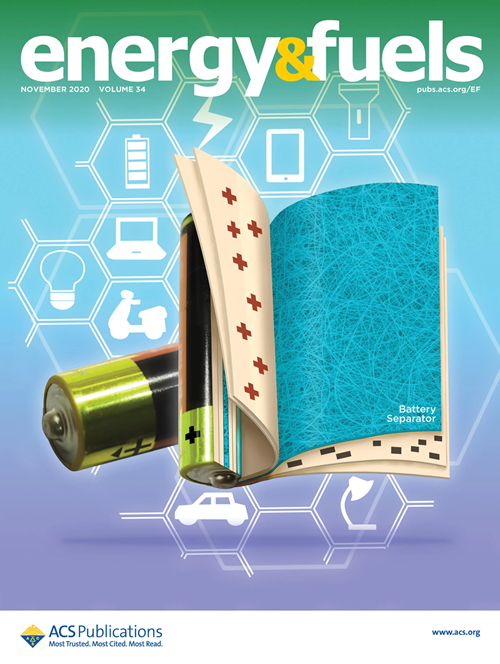天然气水合物生产热刺激技术比较评估
IF 5.3
3区 工程技术
Q2 ENERGY & FUELS
引用次数: 0
摘要
长期以来,天然气水合物减压开采过程中的热损失问题一直是实现长期稳定生产的重大挑战。在热刺激开采方面,研究人员提出了四种注入方法:热水注入、蒸汽注入、井筒电加热和低频电加热,并进行了相关研究。然而,目前还缺乏对这四种热刺激开采方法优缺点的综合评价。本研究利用自主研发的水合物数值模拟器,构建了四种注入方法的开采 III 级水合物沉积模型,并进行了为期五年的长期开采模拟。结果表明,在不同渗透率的储层条件下,低频电加热能显著提高开采效率。低频电加热具有加热范围大、保护井筒等明显优势。相比之下,热水注入法对储层渗透率有严格要求。蒸汽注入法和井筒电加热法在多个物理领域和流体生产结果方面都有显著的相似之处。这项研究为未来水合物开采工程中选择热刺激方法提供了宝贵的见解和参考。本文章由计算机程序翻译,如有差异,请以英文原文为准。

Comparative Evaluation of Thermal Stimulation Techniques for Natural Gas Hydrate Production
The issue of thermal loss during the depressurization extraction of natural gas hydrates has long been a significant challenge for achieving long-term stable production. In the context of thermal stimulation extraction, researchers have proposed four injection methods: hot water injection, steam injection, wellbore electric heating, and low-frequency electric heating, and have conducted relevant studies. However, a comprehensive evaluation comparing the advantages and disadvantages of these four thermal stimulation extraction methods is still lacking. This research, using a self-developed hydrate numerical simulator, constructed extraction class III hydrate deposits models for the four injection methods and conducted long-term extraction simulations over a period of five years. The results indicate that low-frequency electric heating significantly enhances extraction efficiency under various permeability reservoir conditions. Its ability to achieve a large heating range and provide wellbore protection confers distinct advantages. In contrast, the hot water injection method imposes stringent requirements on reservoir permeability. Both steam injection and wellbore electric heating exhibit notable similarities in multiple physical fields and fluid production outcomes. This study offers valuable insights and reference points for the selection of thermal stimulation methods in future hydrate extraction engineering.
求助全文
通过发布文献求助,成功后即可免费获取论文全文。
去求助
来源期刊

Energy & Fuels
工程技术-工程:化工
CiteScore
9.20
自引率
13.20%
发文量
1101
审稿时长
2.1 months
期刊介绍:
Energy & Fuels publishes reports of research in the technical area defined by the intersection of the disciplines of chemistry and chemical engineering and the application domain of non-nuclear energy and fuels. This includes research directed at the formation of, exploration for, and production of fossil fuels and biomass; the properties and structure or molecular composition of both raw fuels and refined products; the chemistry involved in the processing and utilization of fuels; fuel cells and their applications; and the analytical and instrumental techniques used in investigations of the foregoing areas.
 求助内容:
求助内容: 应助结果提醒方式:
应助结果提醒方式:


